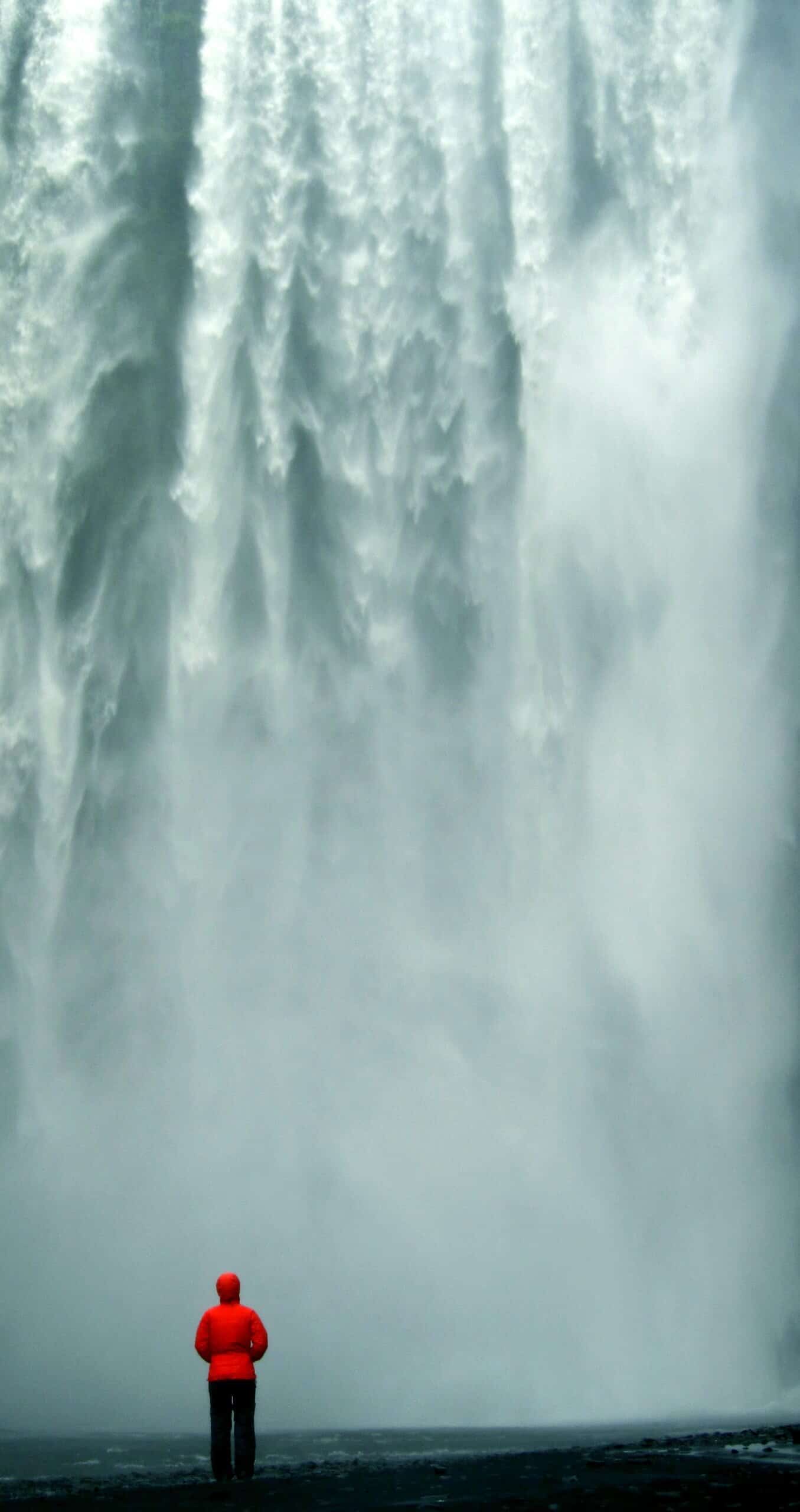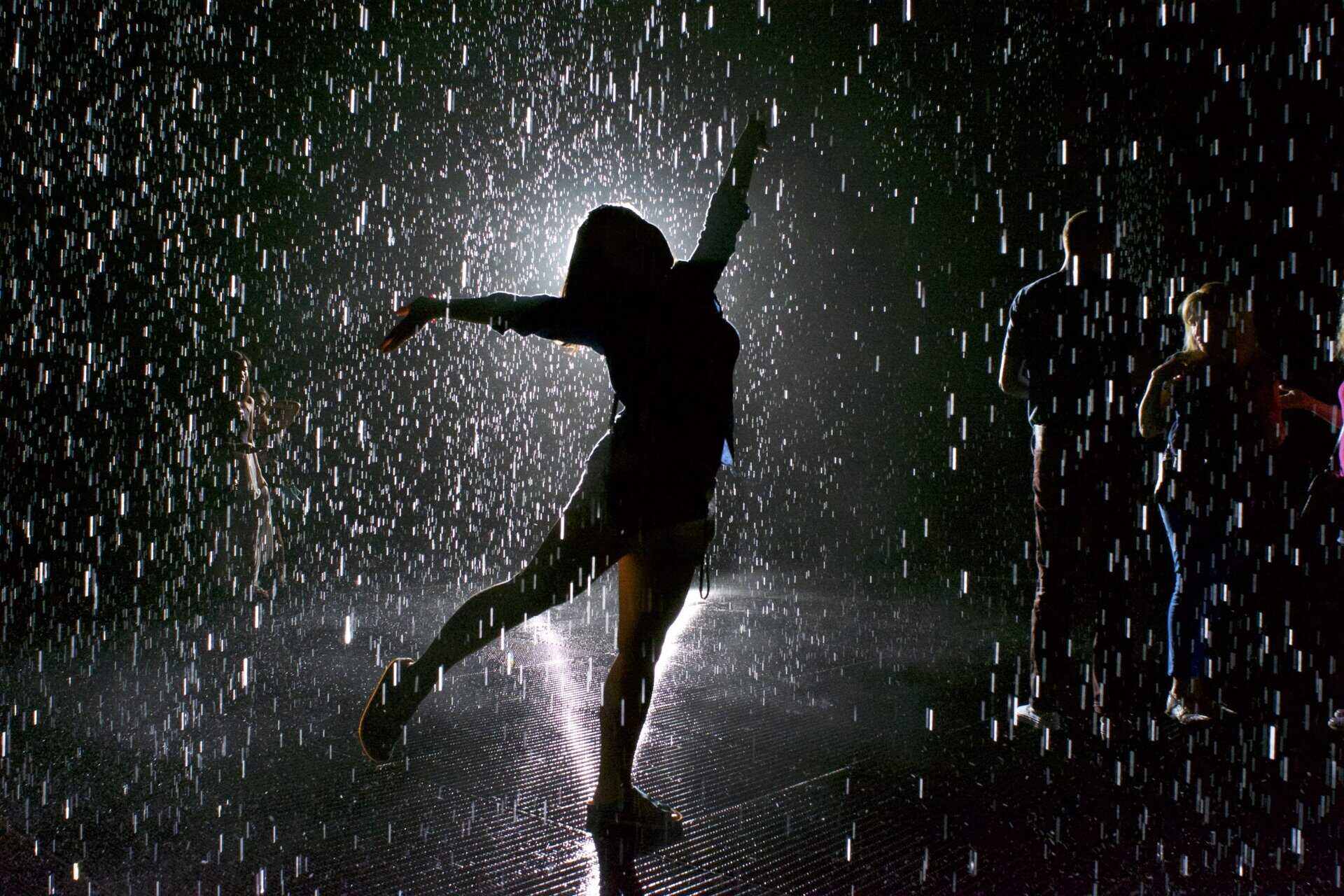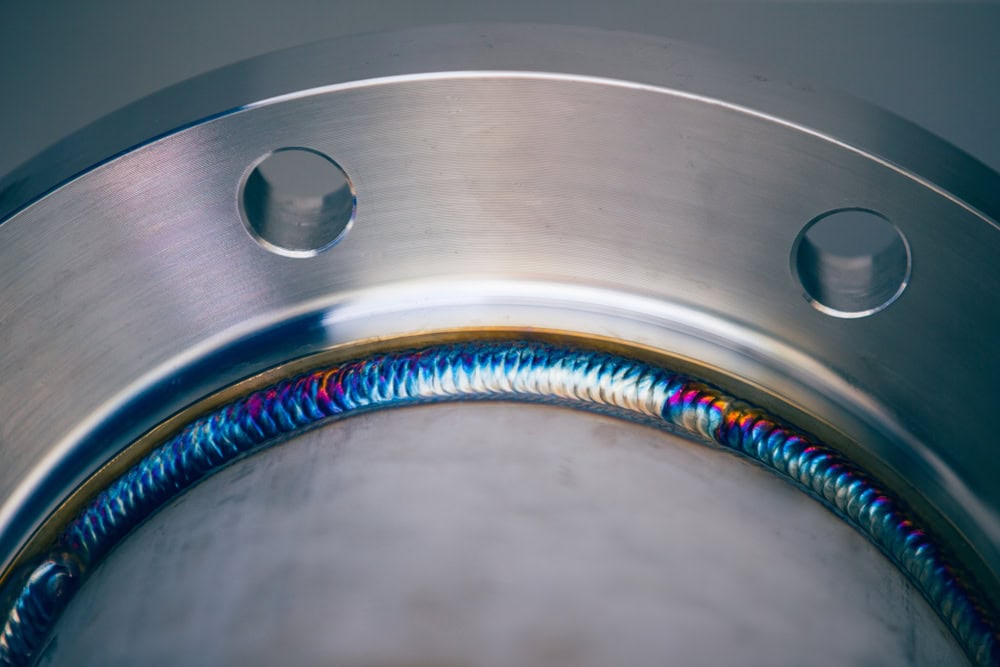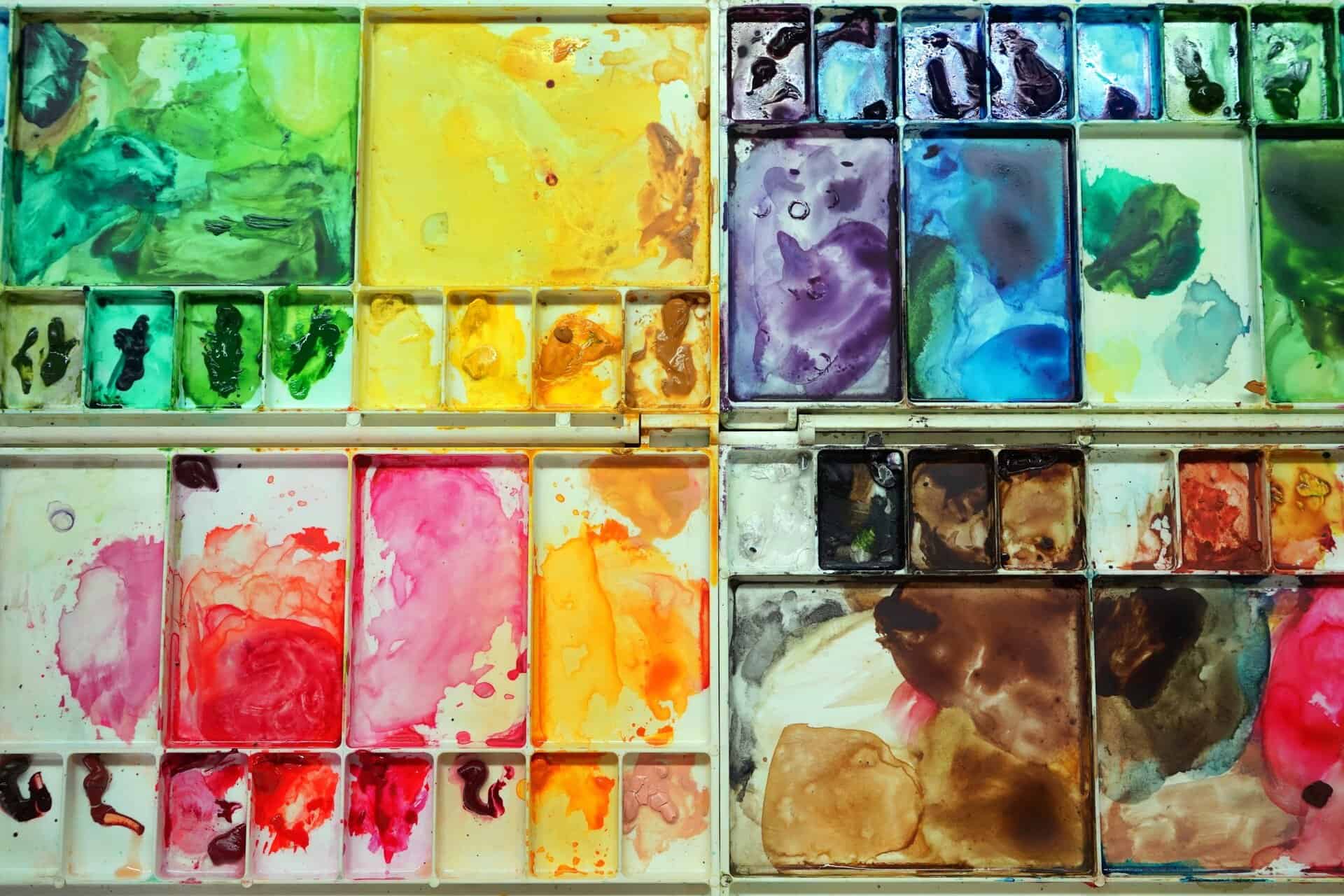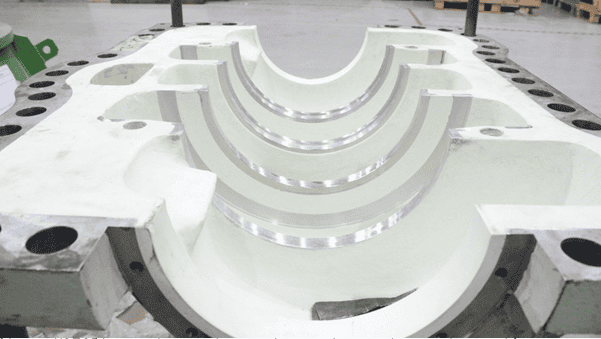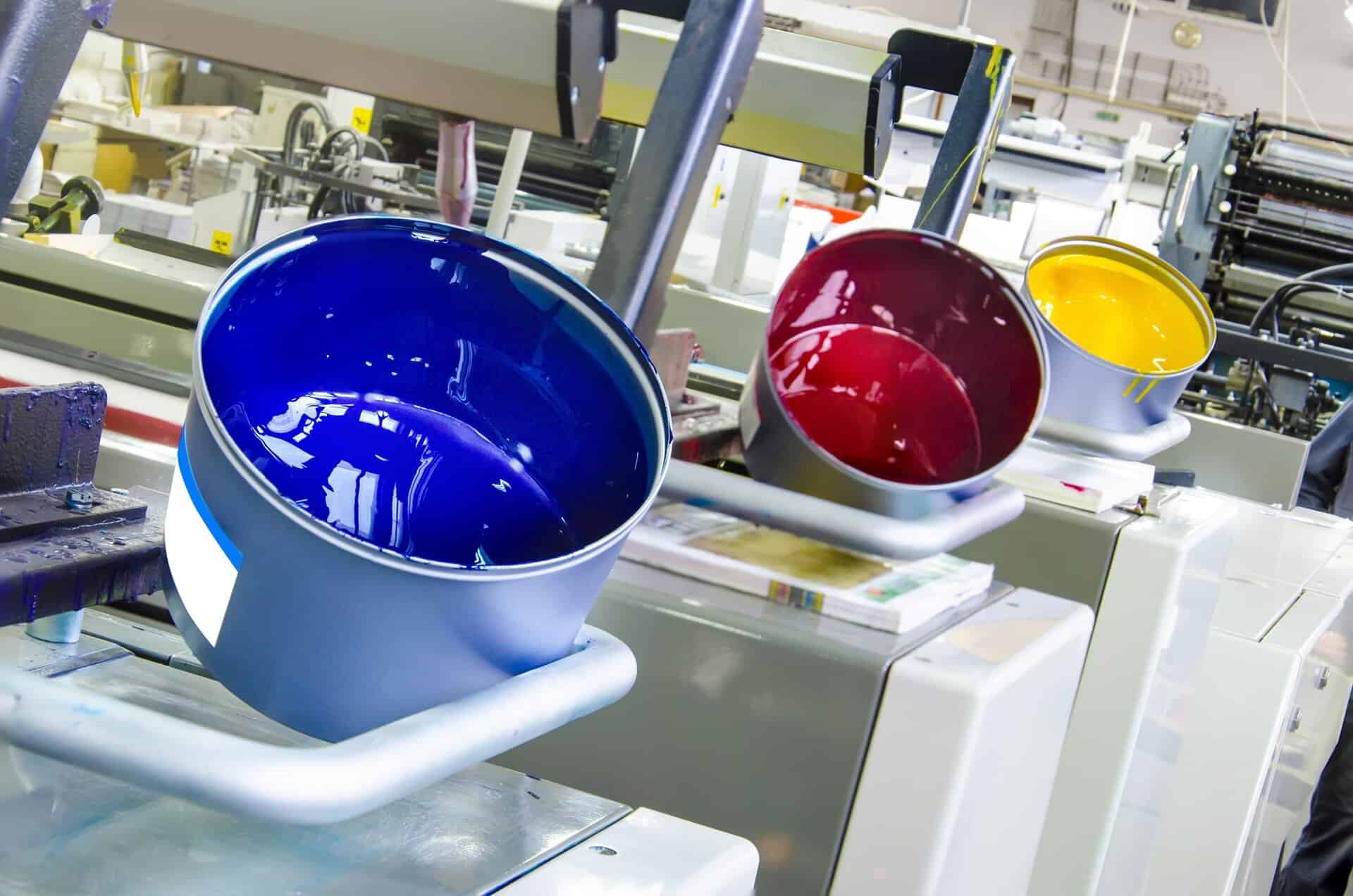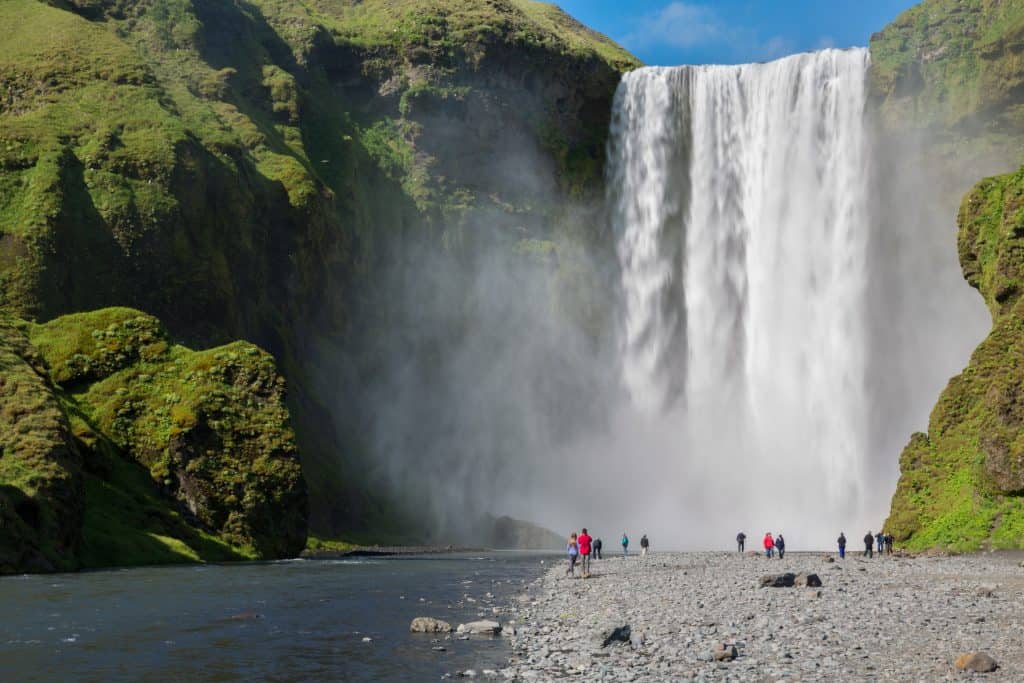
The client: Following the hugely successful ‘Rain Room’, rAndom International were asked to create an installation for the RuhrTriennale festival at the Zollverein World Heritage site, a former coal mine in Germany.
A cascade of water several storeys high, Tower became a project of monumental scale.
The challenge: To design a truly responsive control system for this immersive installation, while taking into account physical limitations of underwater pumps. As each pump is capable of up to 25 on-and-off operations per hour, the system seeks to optimise functionality and pattern creation.
Tower with Random International
Every now and then public funding is entrusted to artists with courage. As a public project on foreign land, with a myriad of particular conditions, rAndom International’s Tower became the highlight of the festival through tenacity and determination.
The outside the box bit:
2M designed a befitting system to compliment Tower, which meant not only was there a roaring waterfall on demand, but its behaviour could be sequenced or randomized at will. Depending on mood, time, weather or crowd composition, the operators could input desired sequences, or indeed choose to be surprised themselves.
Random programmable sequences mean that visitors do not know what to expect. Like reading an interesting book, the inclination is to turn the page and see what happens next. In this respect, the Tower’s unpredictability proved addictive and engaging.
What brought it to life?
With a familiar practice of adding value via innovation, initial plans for a control system to handle water supply sequencing evolved into the capability of infinite pattern generation for the four cascading walls, creating a unique and immersive experience for each visitor.
Using B&R hardware and building on original client specifications for a robust control system with full flexibility, it was possible to enhance the installation’s performance.
The highs & lows:
This resulting combination of spectacle and engagement became a real draw for the Ruhr Museum, attracting a new clientele, especially children and young adults. Firmly in the spotlight, the installation fully justified the public funding dedicated to it.
The outdoor setting of the live sculpture must account for the wind. Measurable yet uncontrollable, the wind became a key factor for consideration. The system automatically shuts down when wind speed reaches a certain reading and then springs back to life when the reading falls below. Therefore part of the challenge was optimising the display time of the sculpture whilst maintaining the integrity of the piece.
Reminiscent of the thunderous noise of the Niagara or Victoria Falls (locally nicknamed “the smoke that thunders”), the intense sound and feel created by this urban waterfall provides very striking sensory sensations for visitors. With the freedom to stand beneath and within the fall itself, the public is invited to grab anoraks and kick off their shoes.
The result:
With vast quantities of water beating down at a colossal rate, the structure creates a stunning juxtaposition between ‘natural’ elements and the industrial strength of its setting. This fusion of exotic mindset and urban location results in a surreal visitor experience, one which has been enjoyed by thousands of people since the structure’s unveiling.
Automation which allows people to experience sensations they have access to only within the remit of photographs, movies, daydreams, or distant adventures, is perhaps automation at its best.

